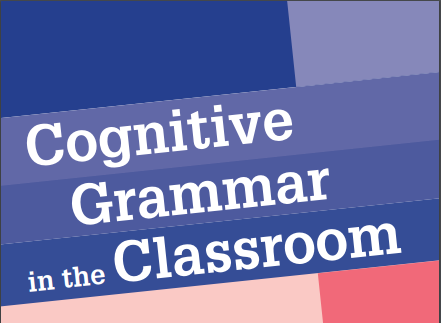Dr Marcello Giovanelli and Dr Chloe Harrison explain how cognitive grammar workshops developed into a pack of tried-and-tested resources.
Style and interpretation
Stylistics is the study of language patterns in text, and of the meaningful relationship between linguistic choice and literary interpretation. In this collection of classroom resources, we present a particular stylistic ‘tool’, Cognitive Grammar, which enables readers and researchers, and teachers and students, to explore the significant connections between language structures, on the one hand, and the impact of reading the text – our experience of it – on the other. Exploring literature in this way enables us to move past simply identifying or categorising language choices and structures, to see why and how such structures are meaningful and an impactful part of our reading experience – and therefore worthy of study.
Teacher workshops
In 2018 we published a textbook for undergraduates, Cognitive Grammar in Stylistics: A Practical Guide, which was centred on (as the name suggests!) introducing ideas and concepts from Cognitive Grammar as a practical framework for text analysis. To explore the application of these ideas in the secondary English classroom, in April and July 2019 we ran two CPD workshops at Aston University in Birmingham for secondary English teachers. In the first session, we introduced some key concepts of the Cognitive Grammar framework; and for the second session we invited our participants to share their experiences of teaching these ideas in their respective classrooms. The chapters in the collection are the written accounts, lesson plans and teaching resources they used in class.
Structure and topics
The collection includes a number of Cognitive Grammar ideas, such as specificity and schematicity, clause types and trajector-landmark relationships, to a diverse range of texts from the secondary English syllabus (from A Christmas Carol, to Frankenstein and Pride and Prejudice) across different literary genres (horror, the Gothic and dystopian fiction, among others). Each chapter includes a brief editors’ note that introduces the central Cognitive Grammar concepts, as well as a commentary on the application of these ideas in classroom and the students’ responses to the task.
Happy reading!
We hope that teachers will be able to replicate and adapt these studies in their own classes, and continue to share their ideas about the application of this new and exciting framework for text analysis.
Download the pack from our Spelling, Punctuation and Grammar support page.
Read more on the blog:
- Jill Carter: Glamorous Grammar
- Rebecca Geoghegan: Grammar Fun
- Rebecca Geoghegan: Let ‘the Literacy’ be your Leader
